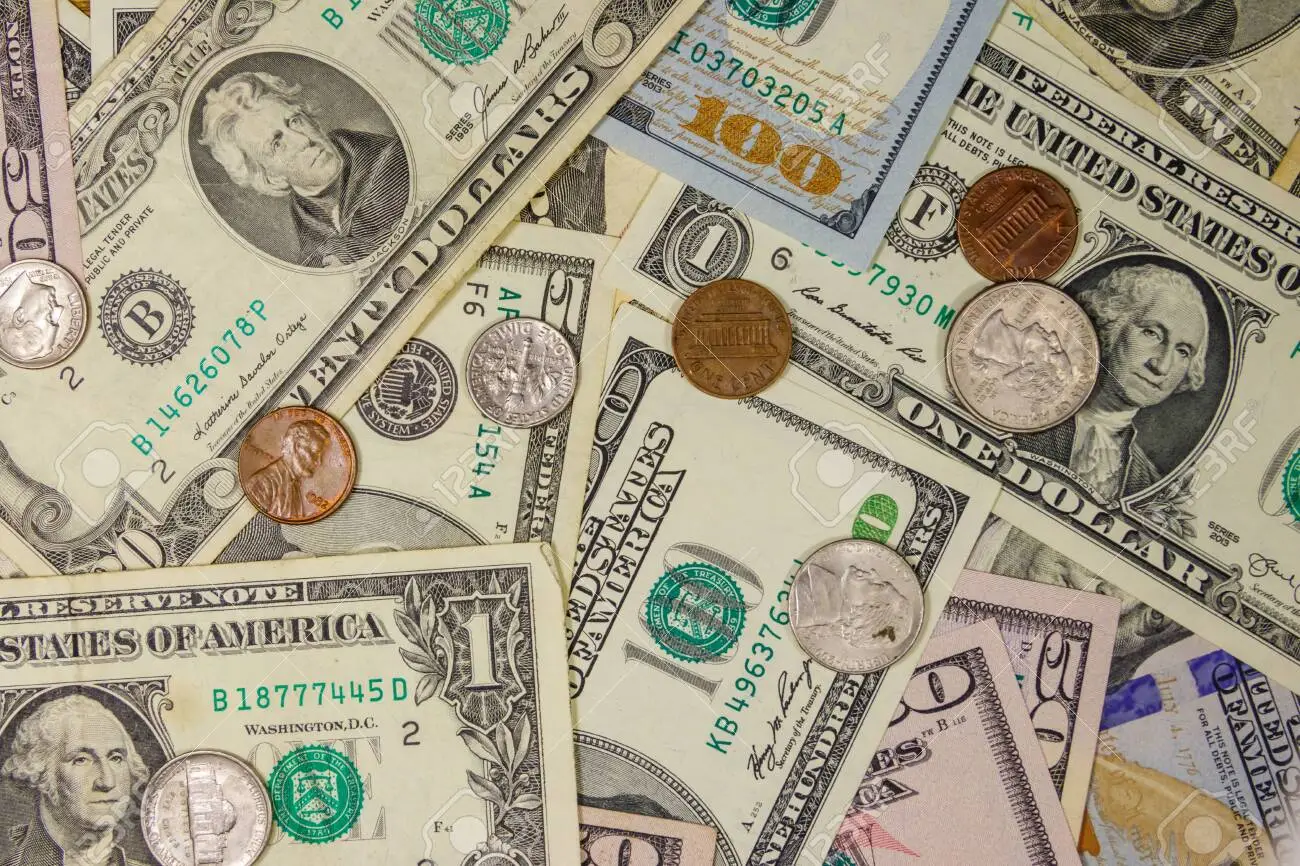The dollar edged lower against a basket of currencies on Thursday, as easing fears of fallout from the Omicron coronavirus variant supported higher-risk currencies such as the Australian dollar and British pound.
Ahead of the holidays and extended long weekend in the United States, most major currency pairs clung to narrow ranges.
The dollar index =USD, which measures the greenback against six major peers, was down 0.08% at 96.031. The index remains close to the 16-month high it hit late last month.
“Worries about the severity of the Omicron variant are fading, which is buoying demand for riskier currencies and asset classes whilst weighing on safe havens like the US dollar, Japanese yen and sovereign bonds,” George Vessey, a strategist with Western Union Business Solutions, said in a note.
Upbeat news on the vaccines and Omicron-related hospitalizations also helped boost investors’ appetite for risk, lifting stocks and pushing U.S. Treasury yields higher.
Two vaccine makers said their shots protected against Omicron as UK data suggested the variant may cause proportionally fewer hospital cases than the Delta variant, though public health experts warned the battle against COVID-19 was far from over.
Separately, data on Thursday showed the number of Americans filing new claims for unemployment benefits held below pre-pandemic levels last week, while consumer spending increased solidly, putting the economy on track for a strong finish to 2021.
But price pressures continued to build, with a measure of underlying inflation recording its largest annual increase since 1989 in November.
The Australian dollar AUD=D3 rose 0.44% to $0.7247.
Sterling rose 0.46% against the dollar, benefiting from a move higher in Britain’s short-dated government bond yields as well as the reassuring reports on the Omicron variant.




